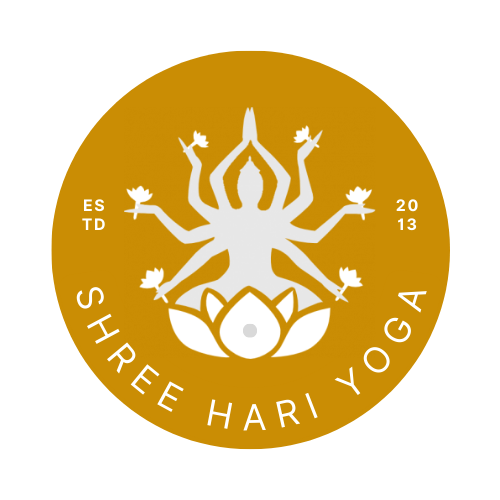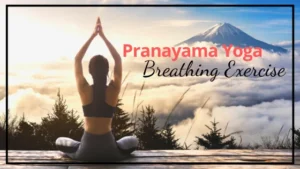Table of Contents
TogglePranayama Yoga Breathing Exercise
Breathing is a vital function of life—something we do every day, all the time. In addition, an entire branch of yoga is dedicated to Pranayama Yoga Breathing Exercise, known simply as Pranayama. These exercises focus on building awareness and controlling the flow of your breath. As a result, this helps you perform asanas rhythmically while calming the mind for meditation.
Pranayama not only supports and deepens your yoga practice but moreover, benefits every aspect of your life.
What is Pranayama?
Pranayama is one of the eight limbs of yoga outlined in the Yoga Sutras by Patanjali. Specifically, it’s a powerful tool for restoring balance between the body and mind.
The term originates from Sanskrit—“Prana” means breath or vital energy, and “Ayama” means control. Together, Pranayama refers to the control of breath, a fundamental practice in yoga.
Furthermore, Prana is the life force that powers our body and mind. By observing and regulating its flow through yoga postures and breathwork, you increase self-awareness and move toward a deeper meditative state.
The Five Vayus of Prana
There are five forms of prana based on function and movement, called Vayus. Each of these governs a specific area of the body. They all work together in harmony, and if imbalances occur, they can affect both the body and mind.
The Five Vayus:
| Vayu | Area of Movement | Function |
|---|---|---|
| Prana | Chest and Head | Governs intake, inspiration, propulsion, forward momentum |
| Apana | Pelvis | Governs elimination, downward and outward movement |
| Samana | Navel | Governs assimilation, discernment, inner absorption, consolidation |
| Udana | Throat | Governs growth, speech, expression, ascension, upward movement |
| Vyana | Entire Body | Governs circulation on all levels, expansiveness, pervasiveness |
While we can’t control whether we breathe, we can influence how we breathe. Just as our breathing is influenced by our thoughts, similarly, our thoughts are affected by how we breathe. Pranayama techniques like breath retention and mindful breathing are core practices for improving physical and mental well-being.
3 Powerful Pranayama Yoga Breathing Exercises to Get Started
1. Sama Vritti Pranayama (Equal Breath)
As the name suggests, this Pranayama Yoga Breathing Exercise is done by inhaling and exhaling in equal duration—deep, long, and slow breaths. By focusing on equalizing the breath, you quiet the mind and provide a mental break from daily thoughts. It’s especially helpful when you’re feeling stressed or disconnected. Moreover, Sama Vritti soothes the nervous system and helps stabilize Vata dosha.
2. Ujjayi Pranayama (Ocean Breath)
This fascinating breathing exercise soothes the sympathetic nervous system while boosting oxygen intake. Next, you breathe deeply through the nose, filling your lungs.
Ujjayi is a foundational technique used in Ashtanga and Vinyasa yoga, helping to maintain a strong, rhythmic flow. As a result, it synchronizes breath with movement, making your yoga practice more meditative and fluid.
3. Nadi Shodhana (Alternate Nostril Breathing)
Also called Alternate Nostril Breathing, this technique balances the energy channels on both sides of the body. Consequently, you alternate breathing through the left and right nostrils, which harmonizes the two hemispheres of the brain.
Nadi Shodhana helps the mind enter a meditative state and restores balance to the nervous system. Practicing this daily improves overall health, calmness, and breath efficiency—even when you’re not consciously focusing on it.
How to Start with Pranayama Yoga
Many yoga schools incorporate Pranayama into their teachings. If you want to explore the deeper philosophy and techniques, consider joining our 100-hour Meditation and Pranayama Teacher Training Course.
This training is ideal for:
-
Beginners who want to learn standard techniques and core breathing practices.
-
Practitioners who already have experience with asanas and meditation and want to deepen their understanding.
In addition, the course emphasizes the meditative and breathing aspects of yoga. By the end of the training, you’ll feel restored—physically, mentally, and spiritually. Moreover, you’ll discover a more centered and resilient version of yourself.
This 100-hour training offers hands-on experience with Prana, the life force, and teaches various Pranayama techniques that help you reach a deeper meditative state.





